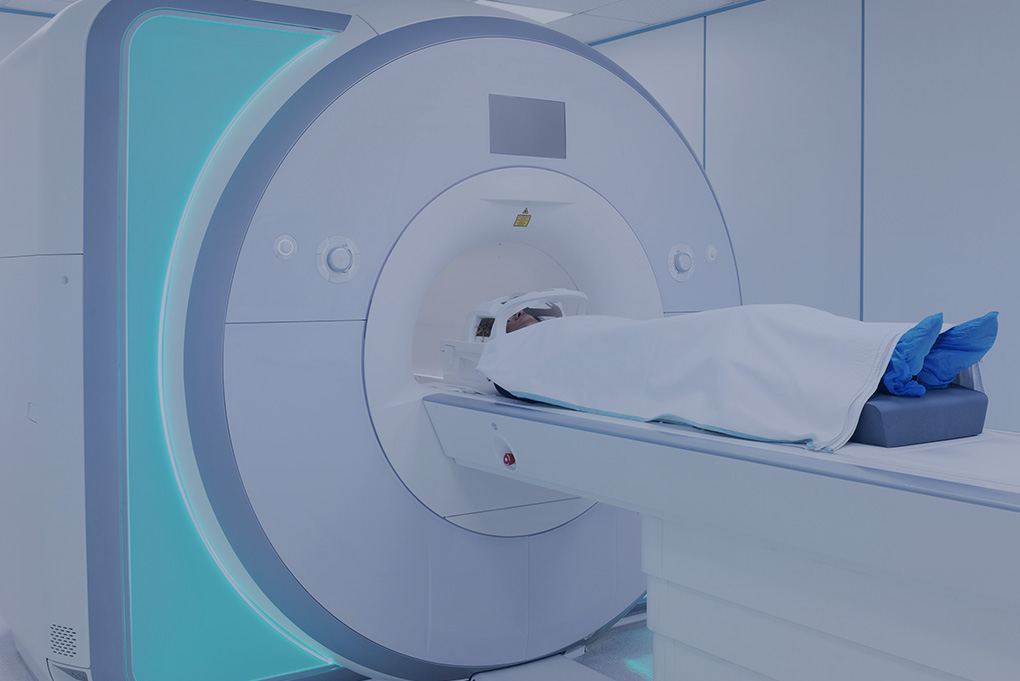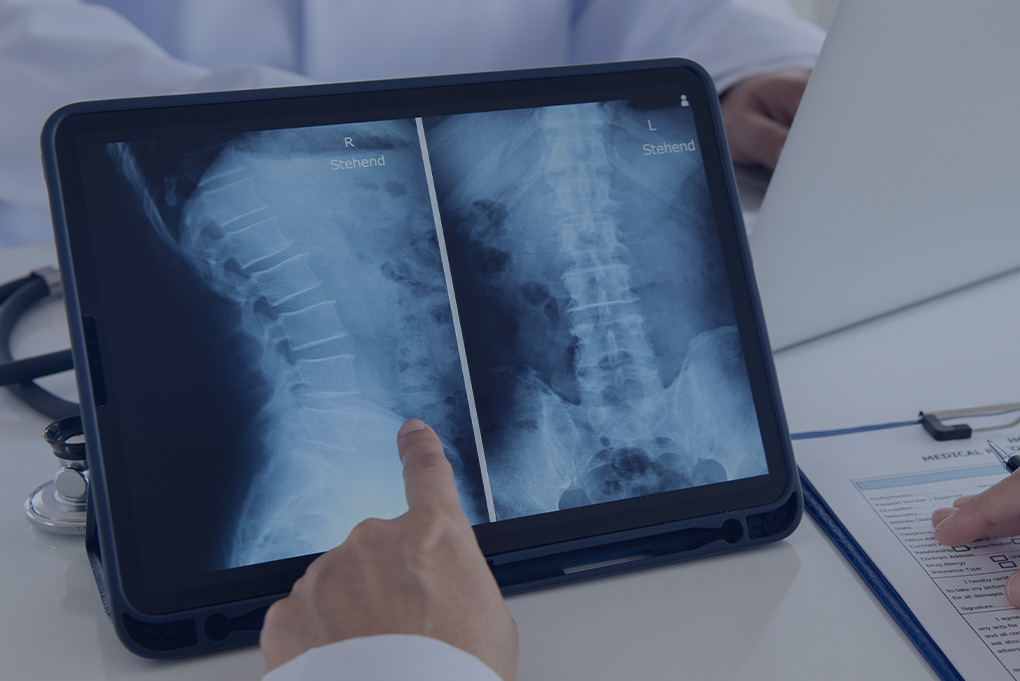
Magnetic Resonance Imaging (MRI)
Magnetic Resonance Imaging is an excellent imaging modality routinely ordered by physicians since the 1980s for its exceptional three-dimensional visualization of the body. This modality does not require radiation or chemical enhancement to produce images, relying instead on strong magnets and the excitation of hydrogen atoms in the body by radio waves to produce results. This makes for virtually risk-free imaging.

Magnetic Resonance Imaging (MRI)
Magnetic Resonance Imaging is an excellent imaging modality routinely ordered by physicians since the 1980s for its exceptional three-dimensional visualization of the body. This modality does not require radiation or chemical enhancement to produce images, relying instead on strong magnets and the excitation of hydrogen atoms in the body by radio waves to produce results. This makes for virtually risk-free imaging.
Radiographic Assessment Back Pain
Contrary to MRI, radiographic assessments utilize radioactive wave forms to visualize anatomical structures. X-rays are commonly performed for inexpensive and rapid imaging, but do expose patients to some radiation and are therefore somewhat limited in the frequency of their per patient. X-rays are excellent for the diagnosis of metastases, trauma, or congenital abnormalities.


Radiographic Assessment Back Pain
Contrary to MRI, radiographic assessments utilize radioactive wave forms to visualize anatomical structures. X-rays are commonly performed for inexpensive and rapid imaging, but do expose patients to some radiation and are therefore somewhat limited in the frequency of their per patient. X-rays are excellent for the diagnosis of metastases, trauma, or congenital abnormalities.

Specialized Nerve Tests
Nerve tests are a safe and effective diagnostic tool for assessing the function of nerve structures. The most common are electromyography (EMG), nerve conduction velocity (NCV), and somatosensory evoked potential (SSEP) tests. Each evaluates different attributes of nerve function to isolate injury, grade severity, and distinguish from non-neurological causes of dysfunction.

Specialized Nerve Tests
Nerve tests are a safe and effective diagnostic tool for assessing the function of nerve structures. The most common are electromyography (EMG), nerve conduction velocity (NCV), and somatosensory evoked potential (SSEP) tests. Each evaluates different attributes of nerve function to isolate injury, grade severity, and distinguish from non-neurological causes of dysfunction.








